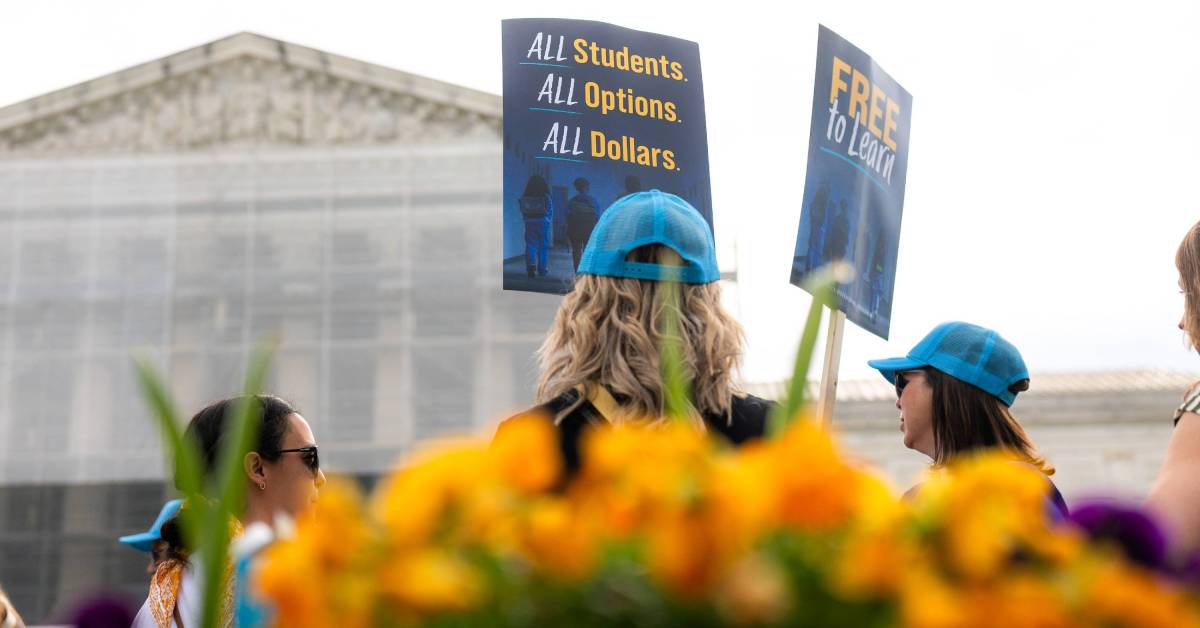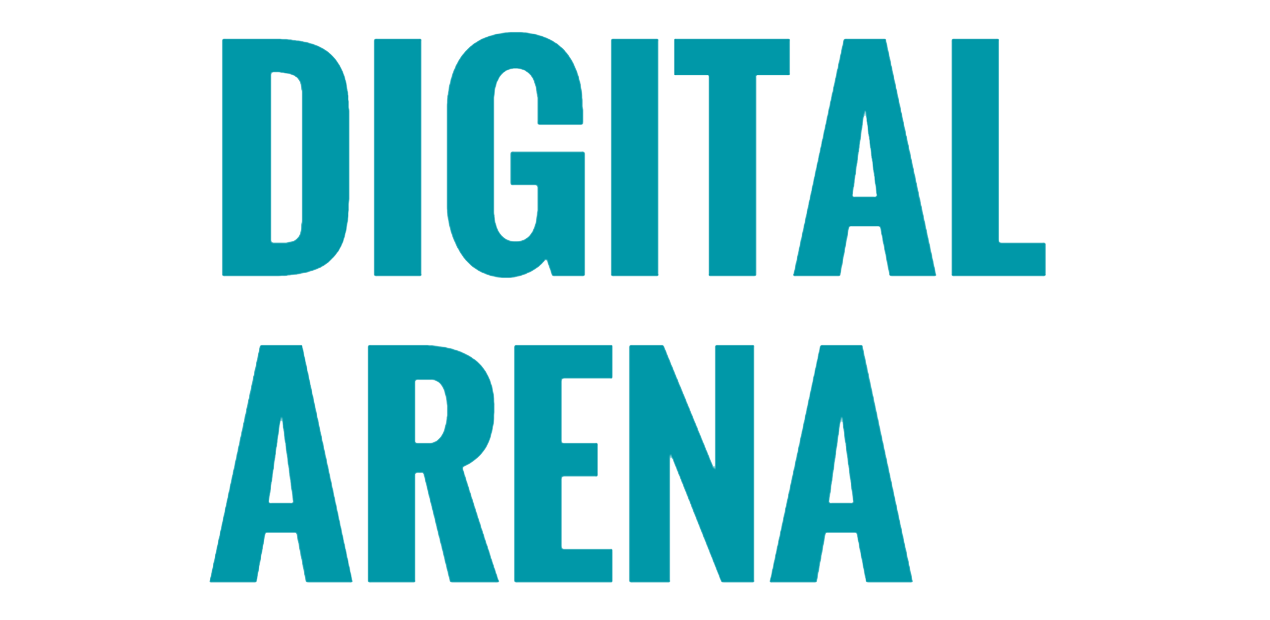Faith, Education, and the Law: Supreme Court Signals Potential Breakthrough for Religious Charter Schools

In a pivotal Supreme Court hearing, justices delved into a complex legal battle that pits religious freedom against public funding, focusing on a Catholic school in Oklahoma. The case centers on a critical constitutional question: Can a state deny public support to religious schools when providing educational resources to private institutions?
The justices carefully examined the nuanced arguments surrounding First Amendment protections, exploring the delicate balance between maintaining the separation of church and state and ensuring equal treatment for religious educational institutions. At the heart of the debate is a Catholic school seeking access to state-funded resources typically available to other private schools.
Legal experts and court observers watched closely as the justices probed the potential implications of their eventual ruling. The case represents a significant test of religious liberty and educational equity, with potential far-reaching consequences for how public funds interact with faith-based educational institutions.
The arguments presented challenge long-standing interpretations of constitutional protections, potentially reshaping the landscape of public funding and religious education in the United States. As the Supreme Court deliberates, the outcome could set a crucial precedent for future cases involving religious schools and government support.
